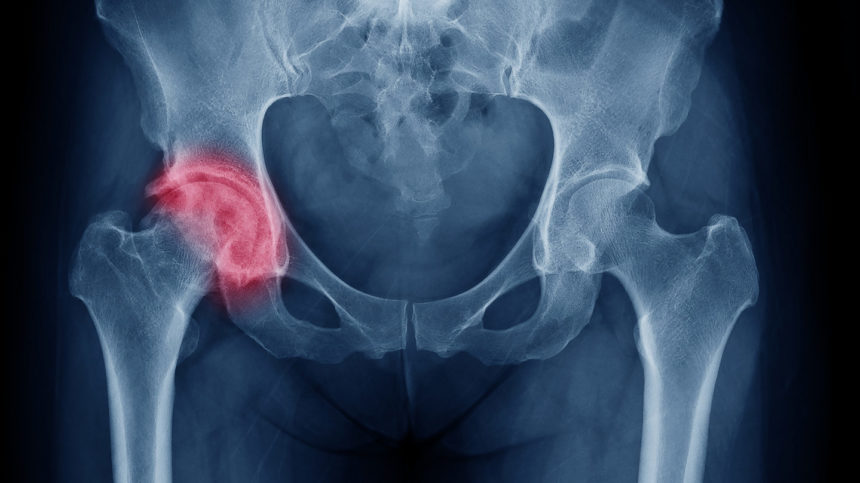
Bisphosphonate treatment beyond five years may offer little additional gain in bone loss reduction or fracture risk, a large new study has found.

Researchers followed more than 29,000 women who had completed five years of treatment with the osteoporosis drugs alendronate, risedronate or ibandronate. Study participants were 45 to 80 years old when they began treatment.
Participants who then chose to continue for another five years had no significant change in hip fracture risk, reported study lead Romain S. Neugebauer, Ph.D., of Kaiser Permanente Northern California, Oakland. But women who continued for two years did experience a difference in hip fracture outcomes, the researchers found.
The findings held true no matter where participants fell within a six-month grace period between stopping and then re-starting treatment, investigators added.
Prior clinical trials have shown that bisphosphonate drugs prevent bone loss for three to five years of therapy. But the efficacy of continuing the drugs for as long as 10 years has been uncertain, Neugebauer and colleagues said.
The study results are similar to those of another randomized clinical trial published in 2006. In that study, overall clinical fracture risk was not significantly different between those who took a placebo and study participants who took the first-line bisphosphonate drug alendronate for an additional five years.
The current study was published in JAMA Network Open.




